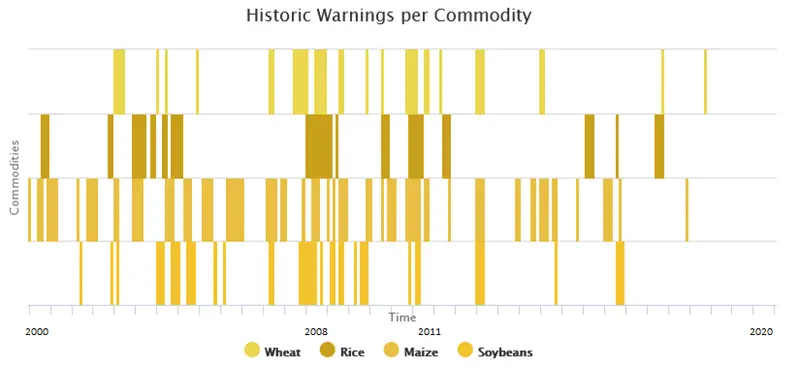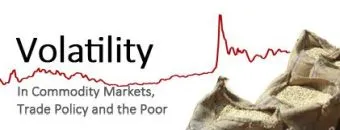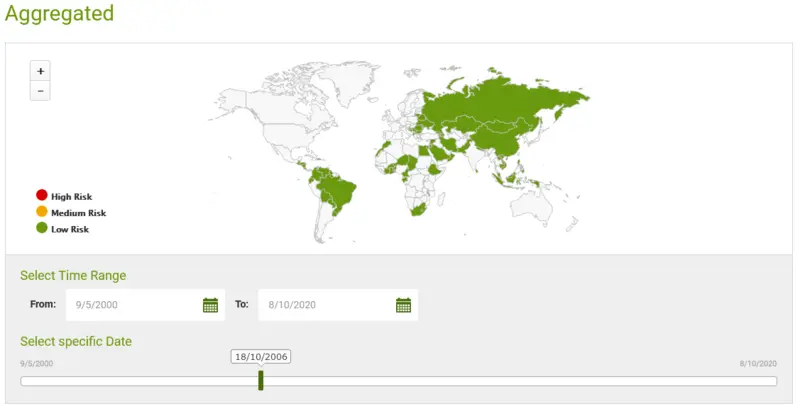Price Transmission Indicator
The Price Transmission indicator measures how international food price movements are transmitted to local markets. It indicates in which countries we expect prices to rise if global prices rise. Prices in most countries respond to global price movements but the extent of this greatly depends on the country, the crop and the nature of the price change at the international level.
A more detailed description of how this indicator is calculated and assessed can be found here.


How to interpret this indicator?
GREEN ALERT (LOW RISK): No food insecurity in the specific country and the chosen crop.
AMBER ALERT (MEDIUM RISK): Increase in global food price leads to a considerable increase in local food prices (thus making it more difficult for vulnerable groups to buy the food item).
RED ALERT (HIGH RISK): Global price change affects domestic food prices to such an extent that it can lead to food insecurity.
This indicator can only reveal if the change in global food prices leads to a significant change in domestic prices. The aggregated map reflects the worse status of a country in any four commodities.
Advantages of this indicator?
Indicator can forecast local price movements which are yet to happen (due to the small time lag between domestic food prices reacting to global price changes).
Opportunity for policy-makers and NGOs to take a country into focus before a crisis.
Indicator reveals the dependence of a country to global food markets (depending on the relevance of the specific food item in the national household consumption).
What can this indicator capture?
Global food shortages that are transmitted to local markets (depending on the global market integration of the respective country).
Countries that are or are not vulnerable to global food price shocks.
Local effects on price change (for example, war, harvest failure, drought, flooding etc.) is not reflected unless they significantly affect the global price.
Does not account for “substitution effects” in domestic food consumption. For example, if a high risk warning for rice is issued in a country where wheat is predominately consumed, there is no real food insecurity as wheat is available at the usual market prices. In some cases, price increases in one commodity can often lead to shifts in demand for another commodity, which will increase prices. These effects are not captured on a local but on a global scale.




